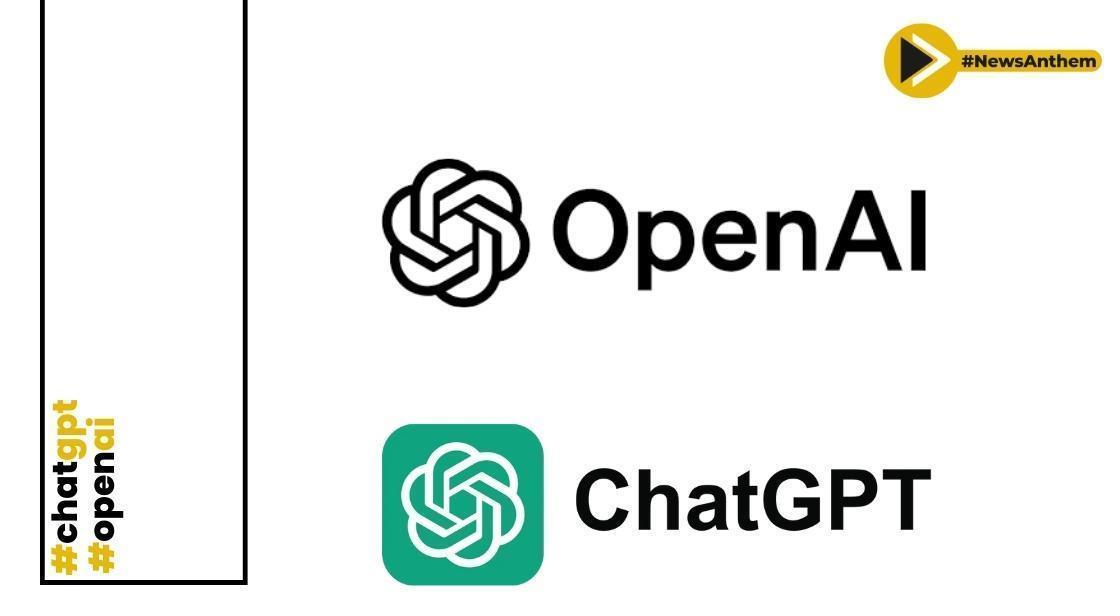OpenAI set to launch a new open-source language model in the coming months

News Synopsis
OpenAI has recently confirmed that it is set to release a new open-source language model in the coming months. This will be the first open-weight model from OpenAI since GPT-2, marking a significant shift in the company's approach.
To ensure the model is as beneficial as possible, OpenAI has invited feedback from developers, researchers, and the broader AI community. A feedback form has been made available to facilitate this collaborative effort.
What Are Open-Source Language Models?
Open-source language models (OS LLMs) are advanced AI systems capable of understanding, generating, and manipulating human language. These models rely on extensive datasets and complex algorithms to perform various language-based tasks, including content creation, translation, and chatbot development. Open-source accessibility allows developers to modify and improve these models for specific applications.
Sam Altman Confirms the News
OpenAI’s CEO, Sam Altman, took to X (formerly Twitter) to confirm the upcoming release. He stated, “We are planning to release our first open-weight language model since GPT-2. We’ve been considering this for a long time, but other priorities took precedence. Now, it feels important to do.”
Altman also emphasized that, before the release, OpenAI will assess the model using its preparedness framework, a protocol used for all model evaluations. Additionally, he noted that extra caution will be taken, considering the likelihood of modifications post-release.
Developer Events for Further Collaboration
To facilitate discussions around the new model, OpenAI plans to host a series of developer events. The first will take place in San Francisco in the coming weeks, followed by sessions in Europe and the Asia-Pacific region. These events aim to provide developers and researchers with insights into the model’s capabilities and applications.
OpenAI’s Recent Milestones
The announcement follows OpenAI’s successful launch of a new image-generation tool, which gained immense popularity. This tool, powered by the GPT-4o model, enables users to transform images into Ghibli-style anime portraits, leading to a viral trend. Within an hour of the feature’s release, OpenAI reported that one million users had engaged with the tool.
However, the overwhelming demand led Altman to humorously remark that OpenAI’s “GPUs are melting” due to the heavy load on the company’s infrastructure.
Advancements in OpenAI’s Image Generation
OpenAI’s latest image-generation model offers substantial improvements over its predecessors. It can now generate more lifelike visuals and has overcome previous limitations, such as rendering text accurately. These advancements showcase OpenAI’s continued focus on improving AI-driven creative tools.
Competitive Pressures from Chinese AI Models
Speculation suggests that OpenAI’s decision to launch an open-source language model is partly driven by competition from Chinese AI developers, particularly DeepSeek. DeepSeek has reportedly developed a powerful AI model at a fraction of the typical cost associated with large-scale AI training.
By releasing an open-weight model, OpenAI may aim to demonstrate its ability to train and deploy AI models efficiently while fostering an open and collaborative development environment.
Conclusion
OpenAI’s decision to introduce an open-source language model marks a significant moment in AI development. By inviting community feedback and hosting global developer events, OpenAI is fostering transparency and collaboration. The move also positions OpenAI competitively against emerging AI players, particularly in China.
With the upcoming launch, the AI landscape is set to become even more dynamic, providing developers and researchers with new opportunities to innovate and build upon OpenAI’s latest offering.
You May Like









